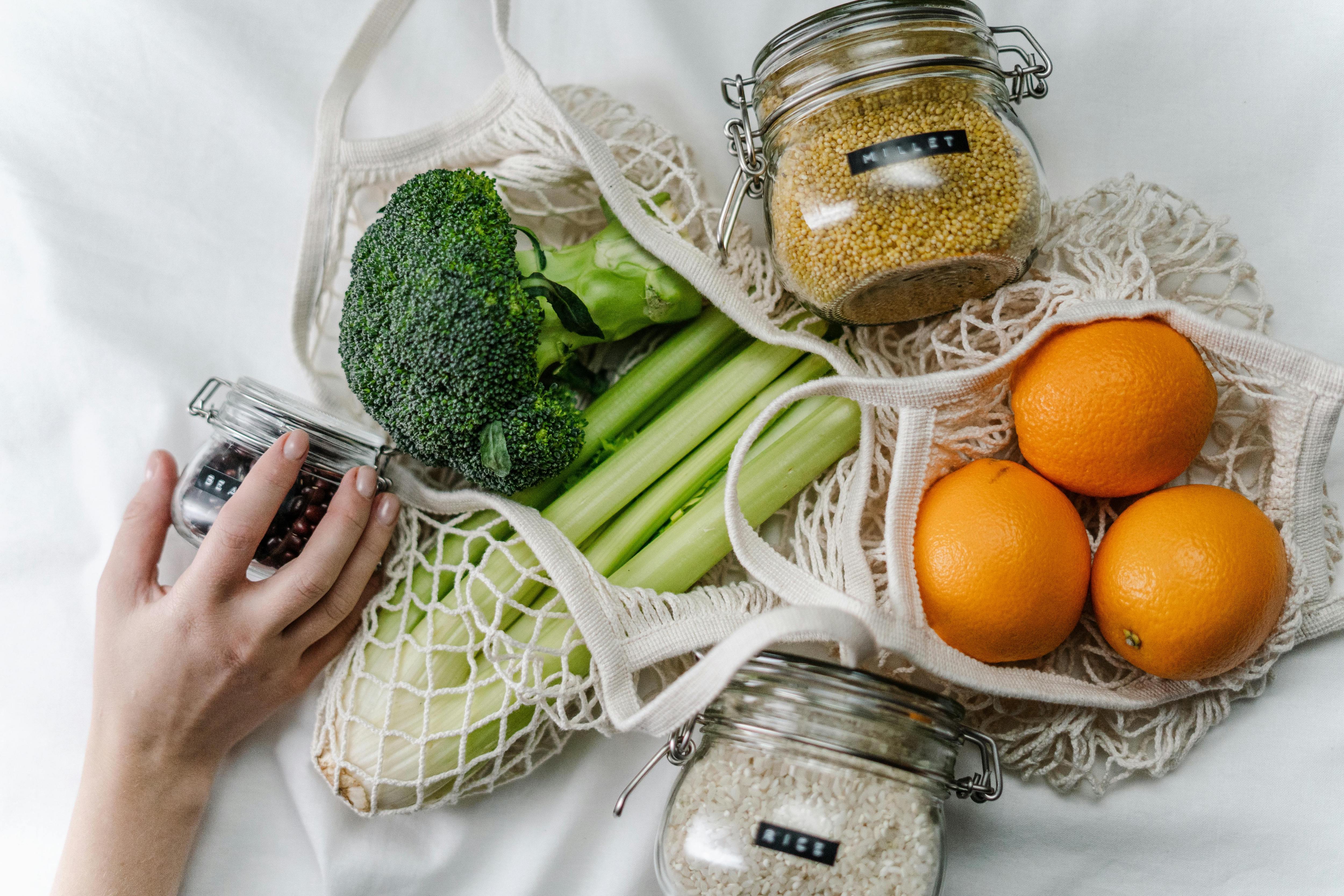Is Broccoli Low Fodmap?
Nearly 15% of the global population struggles with irritable bowel syndrome (IBS), a condition often managed by following a low FODMAP diet. We're aware of the challenges that come with this diet, especially when it comes to ensuring meals are both nutritious and delicious. In our quest to serve those we care for, we've looked closely at broccoli, a vegetable confusing the low FODMAP community. We're determined to provide clarity and guidance on including this cruciferous veggie in a low FODMAP meal plan. By pooling our knowledge and resources, we've come to understand the nuances of portion sizes and preparation methods that make broccoli viable and versatile. Let's delve into the specifics of broccoli's FODMAP content and how we can confidently serve it to those seeking relief and wellness.
Key Takeaways
- Broccoli Heads: LOW FODMAP at a typical serving of 1 cup.
- Broccoli Stalks: HIGH in excess fructose at a typical serving of 1 cup, but LOW at a smaller serving of ½ cup.
- Whole Broccoli: LOW FODMAP overall at a typical serving of 1 cup.
Understanding FODMAPs
While we explore whether broccoli is low FODMAP, it's essential to understand that FODMAPs are short-chain carbohydrates poorly absorbed in the small intestine, leading to digestive discomfort for some individuals. These fermentable sugars, which include oligosaccharides, disaccharides, monosaccharides, and polyols, are widespread in the diet and can cause symptoms such as bloating, gas, and abdominal pain in those with sensitivities, particularly individuals with irritable bowel syndrome (IBS).
A low FODMAP diet, often supervised by healthcare professionals, may be recommended to manage these symptoms. Monash University has pioneered the research into FODMAPs, developing comprehensive guidelines for a low FODMAP diet. Their work includes testing foods for their FODMAP content and providing resources, such as the Monash University Low FODMAP App, which helps individuals navigate their dietary choices.
In the context of broccoli, it's crucial to consider the low fodmap serving size to avoid triggering symptoms. The heads and florets of broccoli are typically low in FODMAPs when consumed in a ¾ cup serving. However, excess fructose found in larger quantities, especially in the stalks, can turn this nutritious vegetable into a high-FODMAP food. Therefore, portion control is key when incorporating broccoli into a low FODMAP diet.
Broccoli and FODMAPs
We'll dive straight into the relationship between broccoli and FODMAPs, noting that the fructans in broccoli are the primary concern for those following a low FODMAP diet. For individuals with irritable bowel syndrome (IBS), understanding the FODMAP content of foods is essential to managing their symptoms. Broccoli is a nutritious vegetable that can be part of a low FODMAP diet, but it's crucial to adhere to the right serving size info to avoid discomfort.
Broccoli's low FODMAP serving sizes are as follows: the heads and florets are safe to eat in 1-cup servings. In contrast, the stalks have a higher FODMAP content and should be limited to 1/2 cup servings. It's the fructans in the stalks that tend to cause issues for those with IBS. Therefore, when preparing meals, it's advisable to focus on incorporating broccoli florets vs stalks.
To serve our community effectively, we must provide accurate dietary guidance. Understanding the nuances of broccoli's FODMAP content helps us support those with dietary restrictions due to IBS. By sharing this knowledge, we empower others to enjoy the benefits of broccoli without the discomfort.
Broccoli Facts
How can we incorporate the nutritious benefits of broccoli into a low FODMAP diet without triggering digestive discomfort? It's crucial to differentiate between the broccoli heads and the stalks, as they have varying levels of FODMAPs. The florets, or broccoli heads, are lower in FODMAPs and can safely be enjoyed in servings of 1 cup. This serving size allows us to use broccoli's rich vitamin K, C, and fiber content without stepping into high FODMAP territory.
When considering the whole vegetable, it's important to note that the stalks contain higher amounts of FODMAPs, particularly fructose. To maintain a balanced, low FODMAP diet, we should limit the stalks to up to 1/2 cup serving. For those sensitive to FODMAPs, it's best to focus on the florets and avoid more significant portions of the stalks, which can be high FODMAP and may lead to discomfort.
Including Broccoli in Your Diet
Let's explore various ways to incorporate broccoli into our meals, ensuring we stick to the ideal low FODMAP serving sizes. When planning our low FODMAP recipes, we'll focus on including broccoli low in FODMAPs, particularly the heads and florets, which are fodmap friendly in 3/4 cup servings.
For a nutritious side dish, we might steam broccoli florets and season them with garlic-infused olive oil. This simple preparation respects low FODMAP portion guidelines and complements a variety of main courses. Additionally, we can roast broccoli with other low-FODMAP vegetables, such as carrots and zucchini, to create a colorful and healthy medley.
When crafting a main dish, finely chopped broccoli can be sautéed and added to a vegetable fried rice, ensuring the serving size aligns with the low FODMAP diet. By being mindful of the amount we use, we can confidently serve delicious and nutritious meals that support the well-being of those we serve without compromising on flavor or variety.
Broccoli Portion Tips
Why should we pay close attention to broccoli serving sizes, you ask? Well, understanding the nuances of broccoli's FODMAP content is essential for those looking to serve our community with nutritious and digestible meals. Broccoli can be an excellent addition to a low FODMAP diet, but only if we're mindful of how much we consume.
To help envision appropriate servings, consider these tips:
- Use a low-fodmap app to check the latest recommendations for broccoli servings.
- Aim for small amounts of broccoli stalks, which're higher in FODMAPs.
- Include broccoli florets in your dishes, as they're lower in fodmaps.
- Remember that a 1 cup of broccoli heads and florets is well tolerated.
- Gradually increase to 1-2 cups to assess individual tolerance.
As we guide others on their dietary journeys, it's our responsibility to provide evidence-based, detailed advice. By adhering to these portion tips and using resources like the Monash University Low FODMAP App, we can confidently recommend broccoli as part of a low FODMAP diet. Let's serve up health and happiness in manageable, digestible portions.
Comparing Broccoli Varieties
We've analyzed various broccoli types and found that each has a distinct FODMAP content, crucial for those managing a low FODMAP diet. When comparing broccoli varieties, it's evident that not all parts of the plant are created equal. For instance, regular broccoli heads are low in FODMAPs and can be enjoyed in ¾ cup servings. At the same time, the stalks contain higher levels of FODMAPs, particularly excess fructose, and should be limited.
Let's visualize the differences between broccoli varieties with these points:
- Regular broccoli heads: Low in FODMAPs, suitable for larger servings.
- Stalks of regular broccoli: Higher in FODMAPs than the heads, requiring cautious portioning.
- Whole broccoli: Low FODMAP food at 1 cup servings.
- Broccolini: Stalks are low in FODMAPs, while heads may contain higher amounts of excess fructose.
- Gai lan (Chinese broccoli): Similar considerations apply, with caution around the stalks.
Our goal is to provide accurate, evidence-based guidance to those we serve. Understanding the FODMAP content of different parts of broccoli, such as the heads and stalks, is essential. Additionally, Gai Lan, a close relative, should be approached with the same attention to FODMAP distribution.
Frequently Asked Questions
Is Cooked Broccoli Bad for Ibs?
We've found that cooked broccoli, like a gentle breeze for digestion, can be good for IBS in moderate amounts, especially the heads. Watch those stalks—they're high FODMAP and might stir the pot.
In our relentless quest for gut harmony, we've unearthed a truth: broccoli's a FODMAP tease. Small portions whisper sweet nothings to our bellies but overindulge, and it's gastrointestinal mutiny. Fear not, fellow digestively challenged comrades, for we've mastered the art of broccoli diplomacy. With precision, we can now invite this green guest to our tables, ensuring peace in the realm of our bowels. Let us feast with science as our chaperone and moderation our trusty steed.
Q: What is broccolini, and how does it relate to the low FODMAP diet?
A: Broccolini is a hybrid vegetable, a cross between broccoli and Chinese broccoli. It is considered low FODMAP and can be enjoyed on a low FODMAP diet.
Q: Is broccoli low FODMAP?
A: Broccoli is considered low FODMAP and can be included in a low FODMAP diet in moderate amounts.
Q: Can I include broccolini in my low FODMAP vegetable list?
A: Yes, broccolini can be included in a low FODMAP vegetable list as it is low FODMAP.
Q: What is the fodmap content of broccoli?
A: Broccoli has a low FODMAP content, making it suitable for consumption on a low FODMAP diet.
Q: Can I eat broccolini on a low FODMAP diet?
A: Yes, you can enjoy broccolini on a low FODMAP diet as its stalks are considered low FODMAP.
Q: How does broccoli fit into a low FODMAP diet for IBS?
A: Broccoli can be part of a low FODMAP diet for IBS as it is classified as low FODMAP.
Q: Are broccoli and broccolini similar in terms of their FODMAP rating?
A: Both broccoli and broccolini have a similar FODMAP rating, making them suitable for a low FODMAP diet.
Q: According to Monash University, how much broccolini is considered low FODMAP?
A: Monash University says 1/2 cup of broccolini is considered low FODMAP.



Is Avocado Low Fodmap?
Is Asparagus Low FODMAP?